Home>Maintenance & Safety>Home Maintenance Checklists>What Goes In The Trash Can
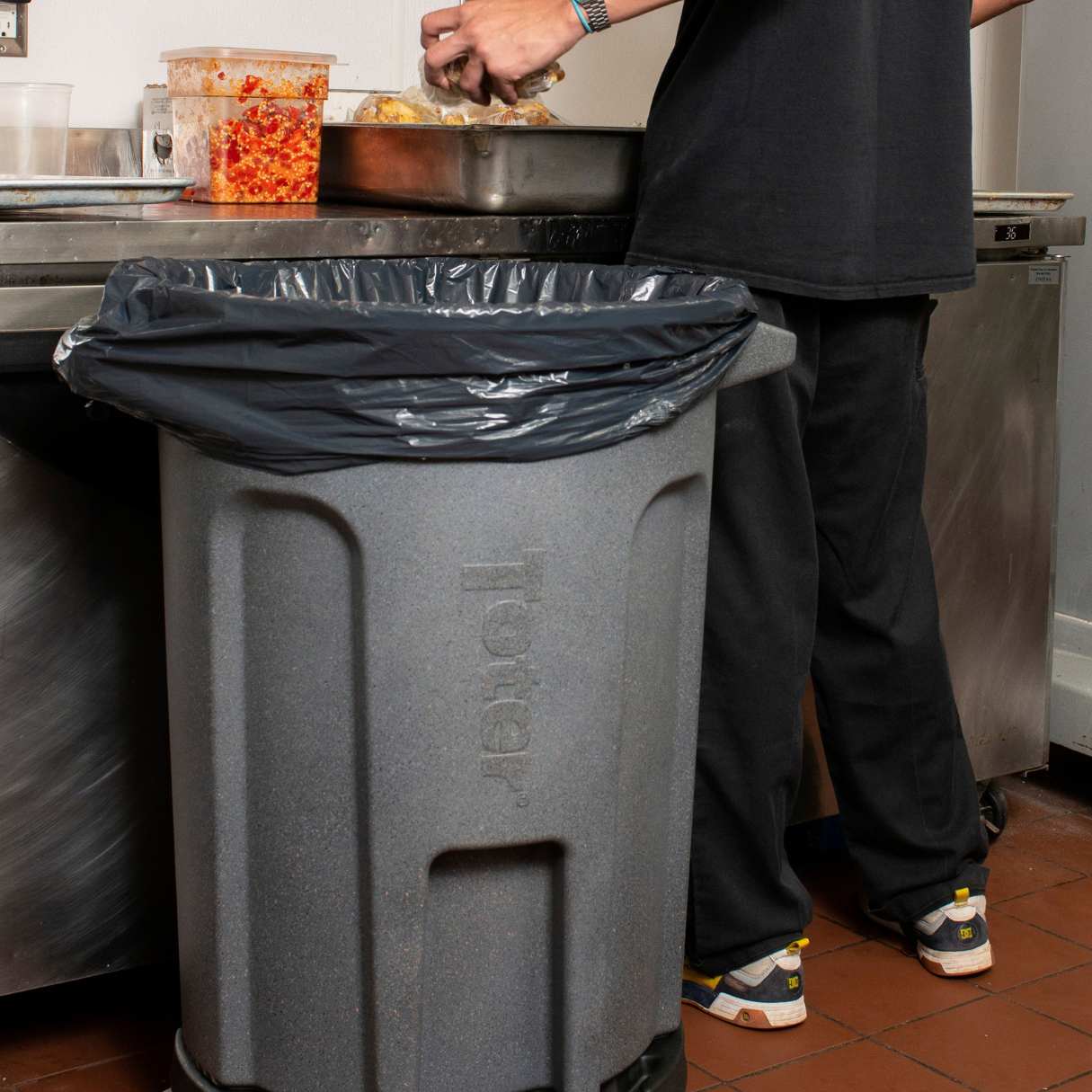

Home Maintenance Checklists
What Goes In The Trash Can
Published: January 17, 2024
Learn about proper home maintenance checklists and what items should go in the trash can. Keep your home clean and organized with our helpful tips.
(Many of the links in this article redirect to a specific reviewed product. Your purchase of these products through affiliate links helps to generate commission for Storables.com, at no extra cost. Learn more)
Introduction
Welcome to the ultimate guide on what goes in the trash can! Proper waste disposal is an essential aspect of maintaining a clean and healthy living environment. Knowing what items belong in the trash can, recycling bin, or compost pile is crucial for effective waste management. By understanding the proper disposal methods for various items, you can contribute to environmental sustainability and reduce the burden on landfills.
In this comprehensive guide, we will explore the different categories of waste and provide valuable insights into the proper disposal of common items, hazardous waste, electronic waste, food waste, recycling, and composting. By the end of this article, you will be equipped with the knowledge to make informed decisions about waste disposal, ultimately making a positive impact on the environment and your community.
So, let's dive in and discover the best practices for disposing of different types of waste, ensuring that our homes and communities remain clean, safe, and environmentally conscious.
Key Takeaways:
- Proper waste disposal involves recycling common items and hazardous waste, managing electronic waste, reducing food waste, and embracing composting. These practices contribute to environmental sustainability and resource conservation.
- By understanding and practicing responsible waste management, individuals can minimize the burden on landfills, reduce pollution, and support the efficient use of resources. Recycling, composting, and proper disposal of hazardous waste are essential for a sustainable future.
Read more: What Goes In Recycling Trash Can
Common Items
When it comes to disposing of common household items, it’s important to differentiate between what can be thrown in the trash and what should be recycled or repurposed. Here’s a breakdown of common items and their appropriate disposal methods:
- Plastic Containers and Packaging: Empty and clean plastic containers and packaging can typically be recycled. Check for recycling symbols and guidelines in your local area to ensure proper disposal.
- Glass Bottles and Jars: Glass items are often recyclable. Rinse out glass bottles and jars before placing them in the recycling bin.
- Paper and Cardboard: Paper and cardboard products, such as newspapers, magazines, and cardboard boxes, are recyclable. Flatten cardboard boxes to save space in your recycling bin.
- Aluminum and Steel Cans: Empty aluminum and steel cans, such as soda cans and food cans, are recyclable. Rinse them out and place them in the recycling bin.
- Clothing and Textiles: Consider donating gently used clothing and textiles to local charities or thrift stores. Worn-out items can often be repurposed as rags or recycled through textile recycling programs.
- Household Batteries: Household batteries should not be thrown in the regular trash. Many communities have designated drop-off locations for battery recycling to prevent environmental contamination.
- Small Electronics: Old cell phones, tablets, and other small electronic devices can often be recycled. Check with local electronics retailers or recycling centers for proper disposal options.
By being mindful of the disposal methods for common household items, you can minimize waste and contribute to the recycling and repurposing efforts in your community. Properly disposing of these items not only keeps them out of landfills but also conserves valuable resources through recycling and repurposing initiatives.
Hazardous Waste
Proper disposal of hazardous waste is crucial for the safety of both the environment and individuals. Hazardous waste includes items that are flammable, corrosive, toxic, or reactive and should never be disposed of in regular trash or poured down the drain. Examples of hazardous waste include:
- Household Cleaners and Chemicals: Many household cleaners contain hazardous chemicals that can be harmful to the environment and human health. Look for local hazardous waste collection events or facilities where you can safely dispose of these items.
- Pesticides and Herbicides: Unused or expired pesticides and herbicides should be disposed of as hazardous waste. Contact local environmental agencies or waste management facilities for guidance on proper disposal methods.
- Batteries: Rechargeable batteries, car batteries, and other types of batteries contain hazardous materials and should be recycled or disposed of at designated battery recycling centers.
- Paints and Solvents: Oil-based paints, paint thinners, and solvents are considered hazardous waste. Many communities have specific drop-off locations or events for paint disposal and recycling.
- Electronics: Certain electronics, especially those containing heavy metals and toxic components, are considered hazardous waste. Explore electronic recycling programs or drop-off locations for safe disposal.
- Compact Fluorescent Light Bulbs (CFLs): CFLs contain small amounts of mercury and should be recycled at designated collection points to prevent mercury contamination.
It’s important to research local regulations and resources for hazardous waste disposal in your area. Many communities offer hazardous waste collection events or permanent drop-off locations to ensure that these items are handled and disposed of safely. By responsibly managing hazardous waste, you can protect the environment and prevent potential harm to human health.
Electronic Waste
Electronic waste, commonly referred to as e-waste, encompasses a wide range of discarded electronic devices and equipment. Due to the rapid advancement of technology, the disposal of electronic waste has become a significant environmental concern. Proper management of e-waste is essential to prevent environmental pollution and promote resource conservation.
Examples of electronic waste include:
- Computers and Laptops: Disposing of old computers and laptops requires special attention due to the presence of potentially hazardous materials such as lead and mercury in electronic components. Consider donating functional devices to charitable organizations or recycling them through certified e-waste recycling facilities.
- Televisions and Monitors: Cathode ray tube (CRT) televisions and monitors contain leaded glass and should be disposed of at authorized e-waste recycling centers to ensure proper handling and recycling of materials.
- Mobile Phones and Tablets: With the rapid turnover of mobile devices, it’s important to recycle or donate old phones and tablets to prevent them from ending up in landfills. Many electronics retailers and mobile service providers offer trade-in or recycling programs for electronic devices.
- Printers and Copiers: Printers, copiers, and other office equipment often contain components that can be recycled. Explore local e-waste recycling options to dispose of these items responsibly.
- Small Household Appliances: Items such as microwaves, toasters, and coffee makers fall into the category of electronic waste. Check with local recycling facilities or waste management authorities for guidance on proper disposal methods.
When disposing of electronic waste, it’s important to consider the environmental impact of improper handling and the potential for valuable resources to be reclaimed through recycling. Many communities offer electronic waste recycling programs and collection events to ensure that these items are managed in an environmentally responsible manner. By participating in e-waste recycling initiatives, you can contribute to the conservation of resources and the reduction of electronic waste in landfills.
When disposing of items in the trash can, make sure to avoid putting in hazardous materials such as batteries, chemicals, and electronics. These items can be harmful to the environment and should be disposed of properly at designated facilities.
Food Waste
Food waste is a significant issue that affects both the environment and food security. When organic waste, such as food scraps and leftovers, is disposed of improperly, it contributes to greenhouse gas emissions and places unnecessary strain on landfills. Implementing effective strategies for managing food waste is essential for minimizing its environmental impact and maximizing resource utilization.
Here are some practical approaches to handling food waste:
- Composting: Composting is an eco-friendly method of recycling food scraps and organic materials. By creating a compost pile or using a compost bin, you can transform food waste into nutrient-rich compost that enriches soil and supports plant growth.
- Food Donation: Instead of discarding surplus food, consider donating unspoiled and unopened items to local food banks, shelters, or community organizations. This not only reduces food waste but also helps address food insecurity in your community.
- Meal Planning and Storage: Minimize food waste by planning meals, purchasing only what you need, and properly storing perishable items. Utilize leftovers creatively to reduce the amount of food that ends up in the trash.
- Avoiding Overbuying: Be mindful of purchasing perishable items in excessive quantities, as this often leads to unnecessary food waste. Buy only what you realistically need and consume before the products expire.
- Utilizing Food Scraps: Certain food scraps, such as vegetable peels and coffee grounds, can be repurposed for various purposes. For example, vegetable scraps can be used to make flavorful homemade broth, while coffee grounds can be utilized as a natural fertilizer for plants.
By adopting these practices, individuals can significantly reduce the amount of food waste generated in their households. Additionally, communities and businesses can implement food waste reduction initiatives, such as composting programs and partnerships with local food recovery organizations, to address food waste on a larger scale. Through collective efforts, we can minimize the environmental impact of food waste and work towards a more sustainable and resource-efficient food system.
Read more: What Is A Trash Can
Recycling
Recycling plays a vital role in conserving natural resources, reducing energy consumption, and minimizing the volume of waste sent to landfills. By diverting materials such as paper, plastic, glass, and metal from the trash, recycling contributes to environmental sustainability and the circular economy. Understanding the principles of recycling and the proper methods for recycling different materials is essential for effective waste management.
Here are key considerations for recycling common materials:
- Paper and Cardboard: Paper and cardboard products, including newspapers, magazines, cardboard boxes, and office paper, are valuable recyclable materials. When recycling paper, it’s important to remove any non-recyclable contaminants, such as food residue or plastic coatings, to ensure the quality of the recycled material.
- Plastic Containers and Packaging: Many types of plastic, identified by resin codes, can be recycled. It’s essential to check with local recycling guidelines to determine which types of plastic are accepted for recycling in your area. Empty and rinse plastic containers before recycling them.
- Glass Bottles and Jars: Glass is infinitely recyclable and can be melted down and reformed into new containers. Rinse out glass bottles and jars to remove any residual food or liquid before recycling them.
- Aluminum and Steel Cans: Aluminum and steel cans are valuable recyclable materials. After emptying and rinsing the cans, they can be recycled to conserve energy and resources.
Aside from traditional curbside recycling programs, many communities offer recycling drop-off locations and events for specific materials, such as electronic waste, textiles, and household hazardous waste. Additionally, some retailers and manufacturers participate in product take-back programs, allowing consumers to return certain items for recycling at designated collection points.
Education and awareness are key components of successful recycling programs. By promoting recycling literacy and providing clear guidelines for proper recycling practices, communities can encourage active participation and reduce contamination in recycling streams. Furthermore, advancements in recycling technologies and processes continue to improve the efficiency and sustainability of recycling initiatives.
By actively participating in recycling efforts and supporting the development of recycling infrastructure, individuals and communities contribute to the conservation of natural resources and the reduction of waste in landfills. Recycling represents a fundamental pillar of sustainable waste management and environmental stewardship.
Composting
Composting is a natural process that transforms organic waste, such as food scraps, yard trimmings, and paper products, into a nutrient-rich soil amendment known as compost. This sustainable practice offers numerous environmental and agricultural benefits, making it an effective method for managing organic waste and enriching soil health.
Key aspects of composting include:
- Organic Waste Materials: Compostable materials include fruit and vegetable scraps, coffee grounds, eggshells, yard waste, leaves, grass clippings, and non-glossy paper products. These materials provide the raw ingredients for creating nutrient-rich compost.
- Composting Process: Composting relies on the natural decomposition of organic matter by microorganisms, such as bacteria and fungi, under controlled conditions. Proper aeration, moisture, and the right carbon-to-nitrogen ratio are essential for facilitating the composting process.
- Benefits of Compost: Compost serves as a valuable soil amendment that enhances soil structure, fertility, and moisture retention. It provides essential nutrients for plants and contributes to overall soil health, making it an environmentally friendly alternative to chemical fertilizers.
- Home Composting: Many households can engage in home composting by utilizing compost bins or designated composting areas. This allows individuals to divert organic waste from the trash while creating a beneficial resource for gardening and landscaping.
Community composting initiatives and municipal composting programs offer additional opportunities for diverting organic waste from landfills and integrating composting into waste management practices. By establishing centralized composting facilities, communities can process organic waste on a larger scale, producing high-quality compost for agricultural and landscaping applications.
Composting not only reduces the volume of waste sent to landfills but also contributes to the conservation of natural resources and the mitigation of greenhouse gas emissions. By diverting organic waste from landfills, composting helps minimize the production of methane, a potent greenhouse gas generated during the decomposition of organic matter in anaerobic landfill conditions.
Embracing composting as a sustainable waste management practice aligns with the principles of environmental stewardship and resource conservation. By harnessing the power of composting, individuals and communities can actively contribute to a more sustainable and regenerative approach to waste management and soil enrichment.
Conclusion
Effective waste management is a multifaceted endeavor that encompasses the responsible disposal of various types of waste, including common items, hazardous waste, electronic waste, food waste, recycling, and composting. By understanding the proper methods for managing different categories of waste, individuals can play a pivotal role in promoting environmental sustainability and resource conservation.
Proper waste disposal not only minimizes the burden on landfills but also reduces environmental pollution and supports the efficient use of resources. Recycling and composting initiatives offer valuable pathways for diverting waste from landfills and transforming it into useful resources, such as recycled materials and nutrient-rich compost. Additionally, responsible handling of hazardous waste and electronic waste is essential for preventing environmental contamination and conserving valuable resources.
Community engagement and education are fundamental to the success of waste management efforts. By raising awareness about recycling practices, composting techniques, and the proper disposal of hazardous materials, communities can foster a culture of environmental stewardship and sustainable waste management practices.
Ultimately, the collective efforts of individuals, communities, and organizations are instrumental in shaping a more sustainable and resilient approach to waste management. By embracing the principles of waste reduction, recycling, and composting, we can work towards a future where environmental conservation and resource efficiency are fundamental components of everyday life.
As we navigate the complexities of waste management, let us continue to prioritize the preservation of our natural environment and the well-being of present and future generations. Together, we can make a positive impact by implementing responsible waste management practices and fostering a culture of environmental mindfulness.
Frequently Asked Questions about What Goes In The Trash Can
Was this page helpful?
At Storables.com, we guarantee accurate and reliable information. Our content, validated by Expert Board Contributors, is crafted following stringent Editorial Policies. We're committed to providing you with well-researched, expert-backed insights for all your informational needs.
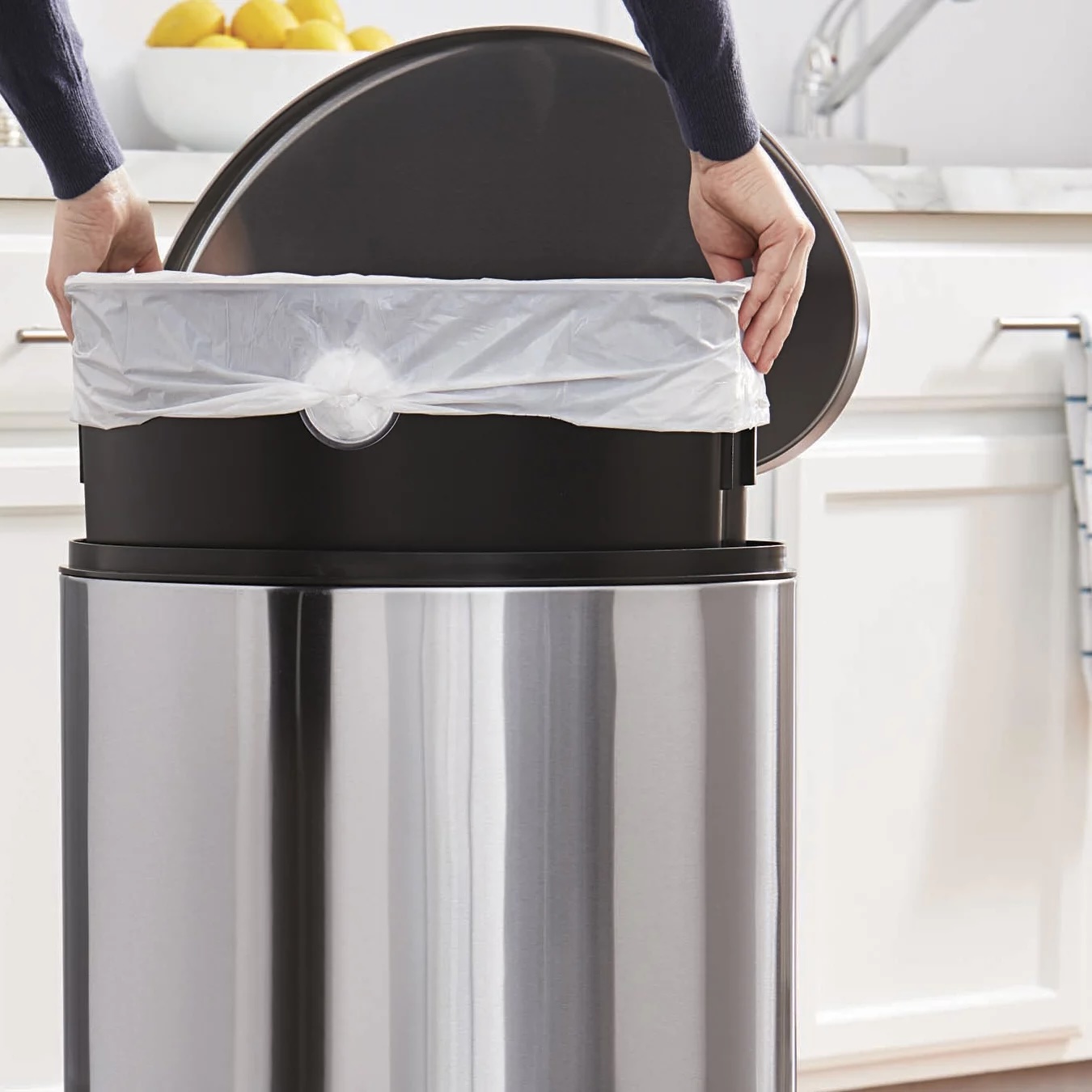
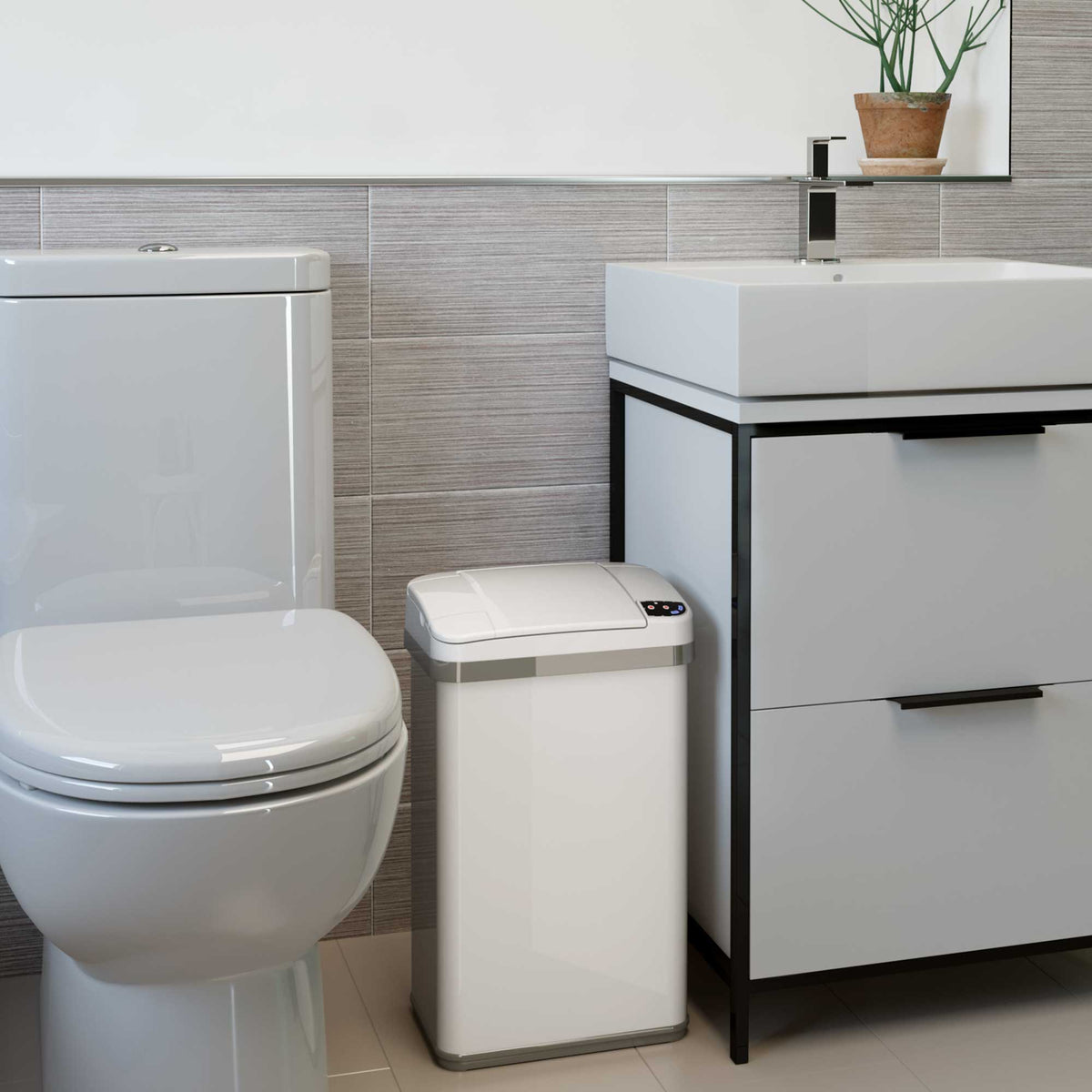
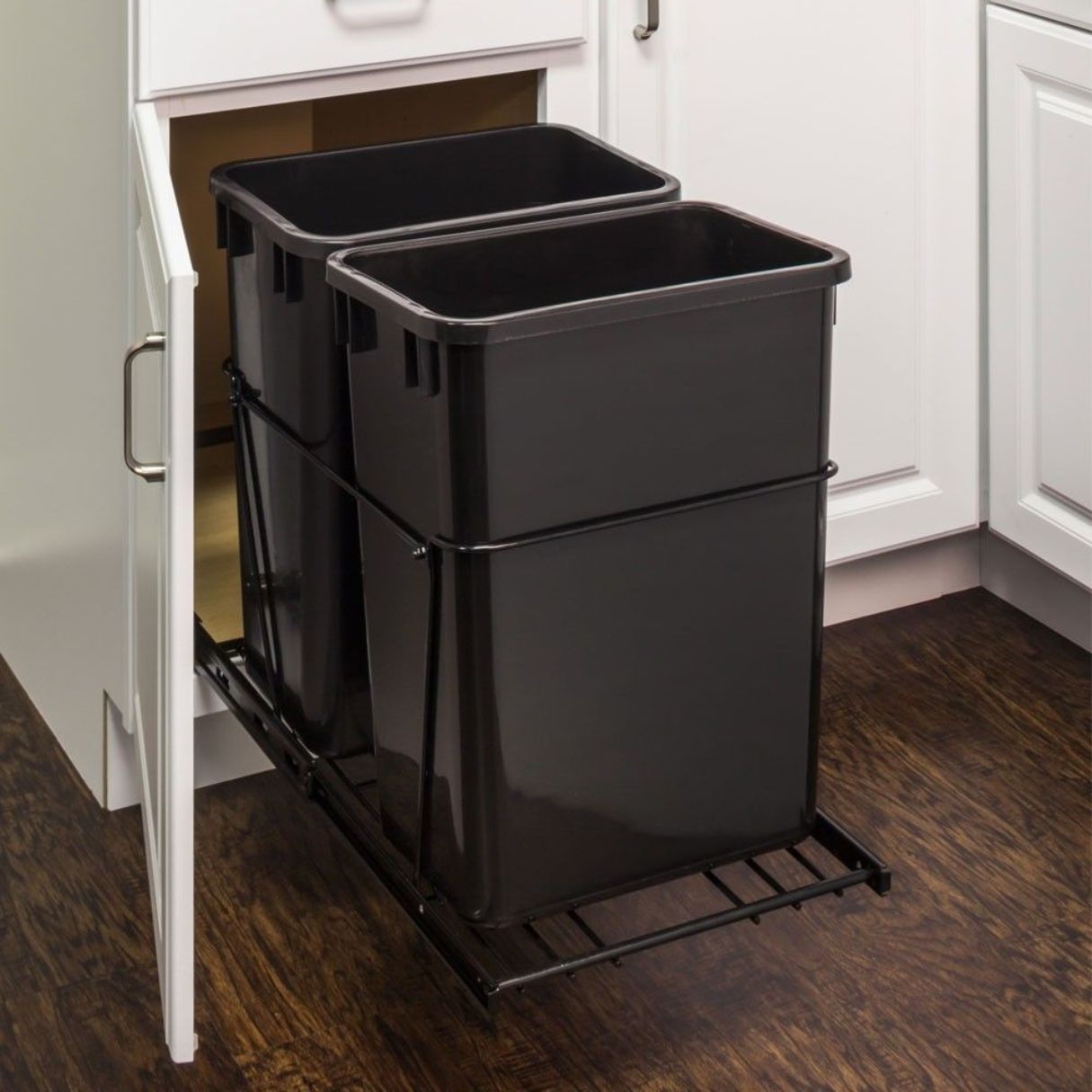
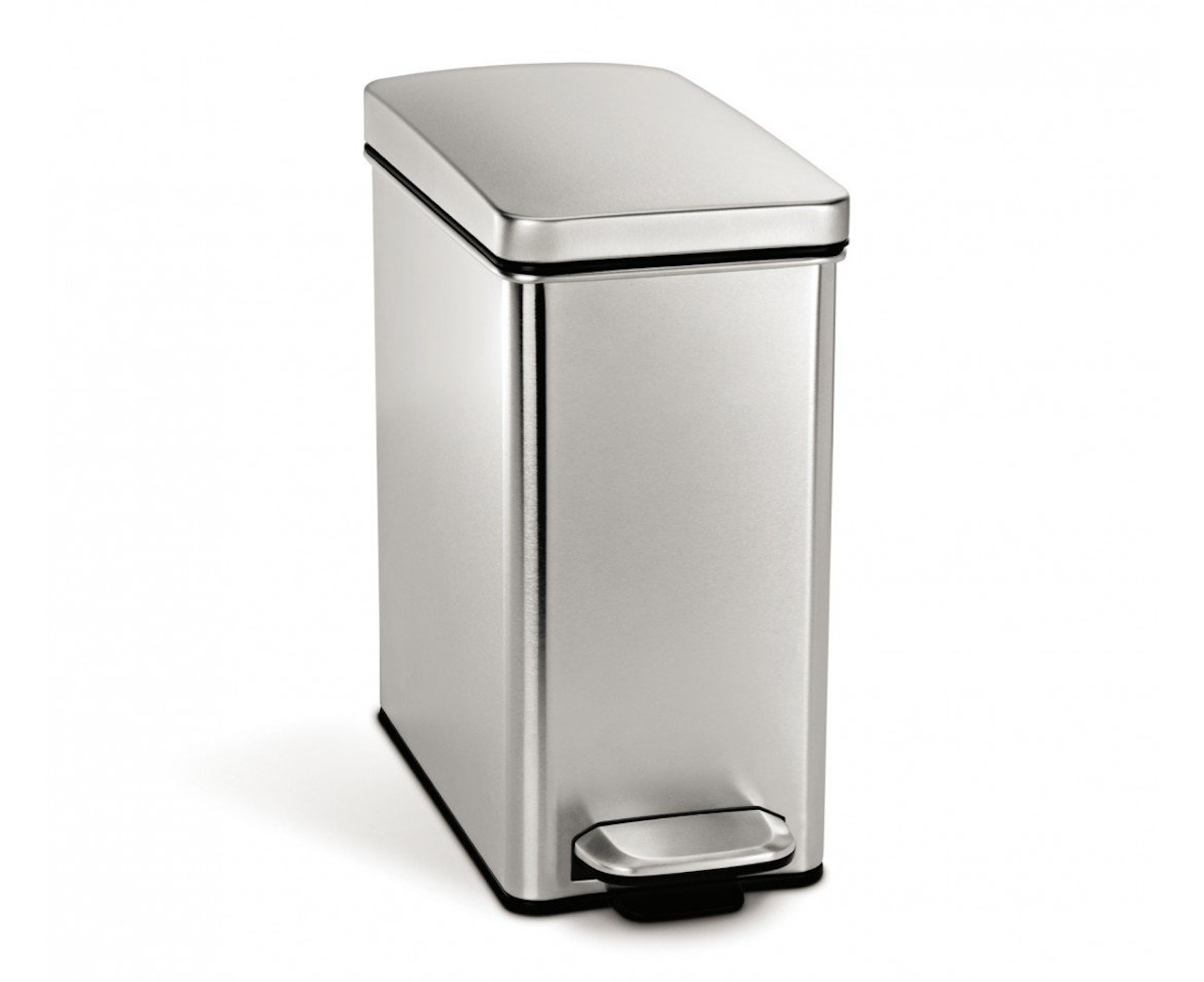
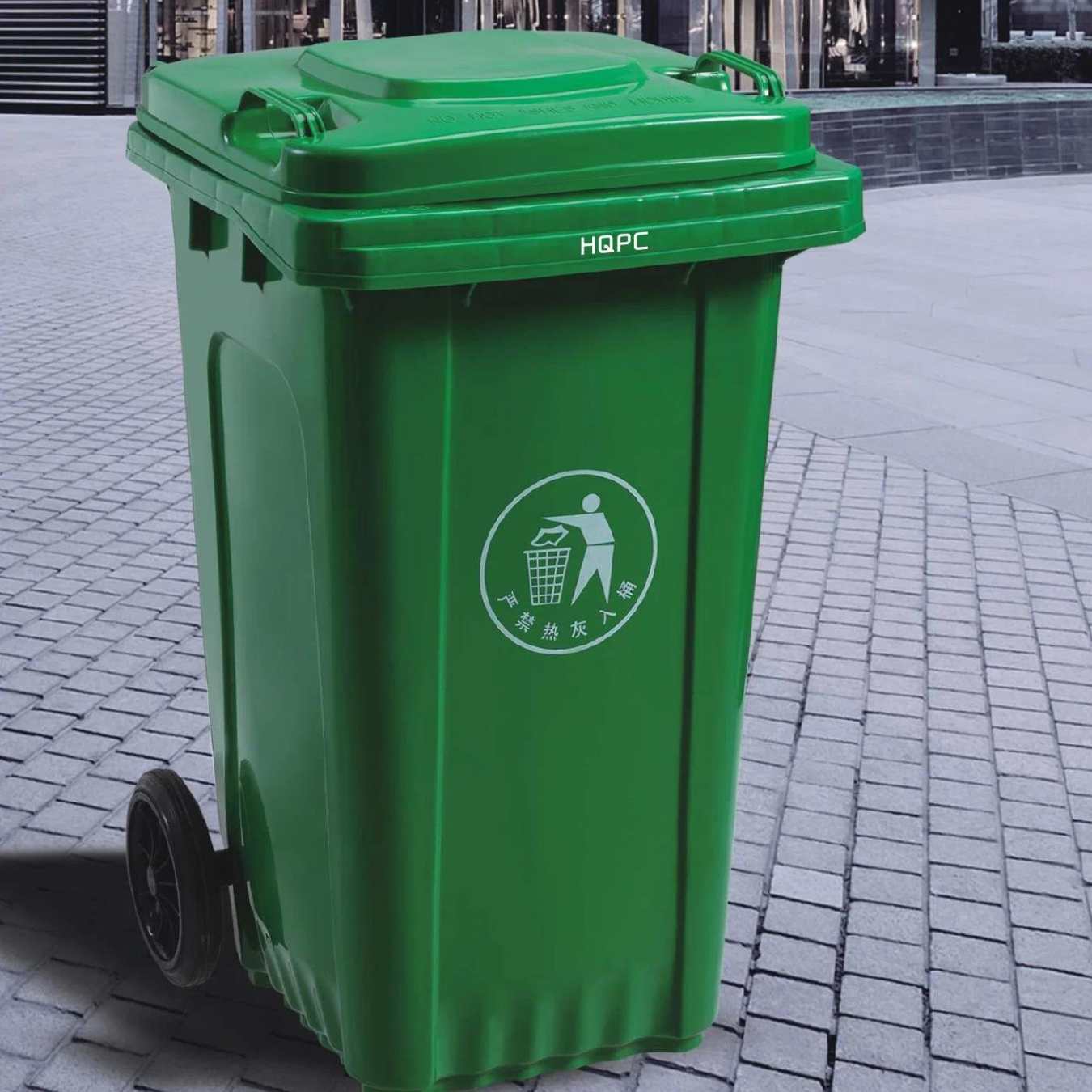
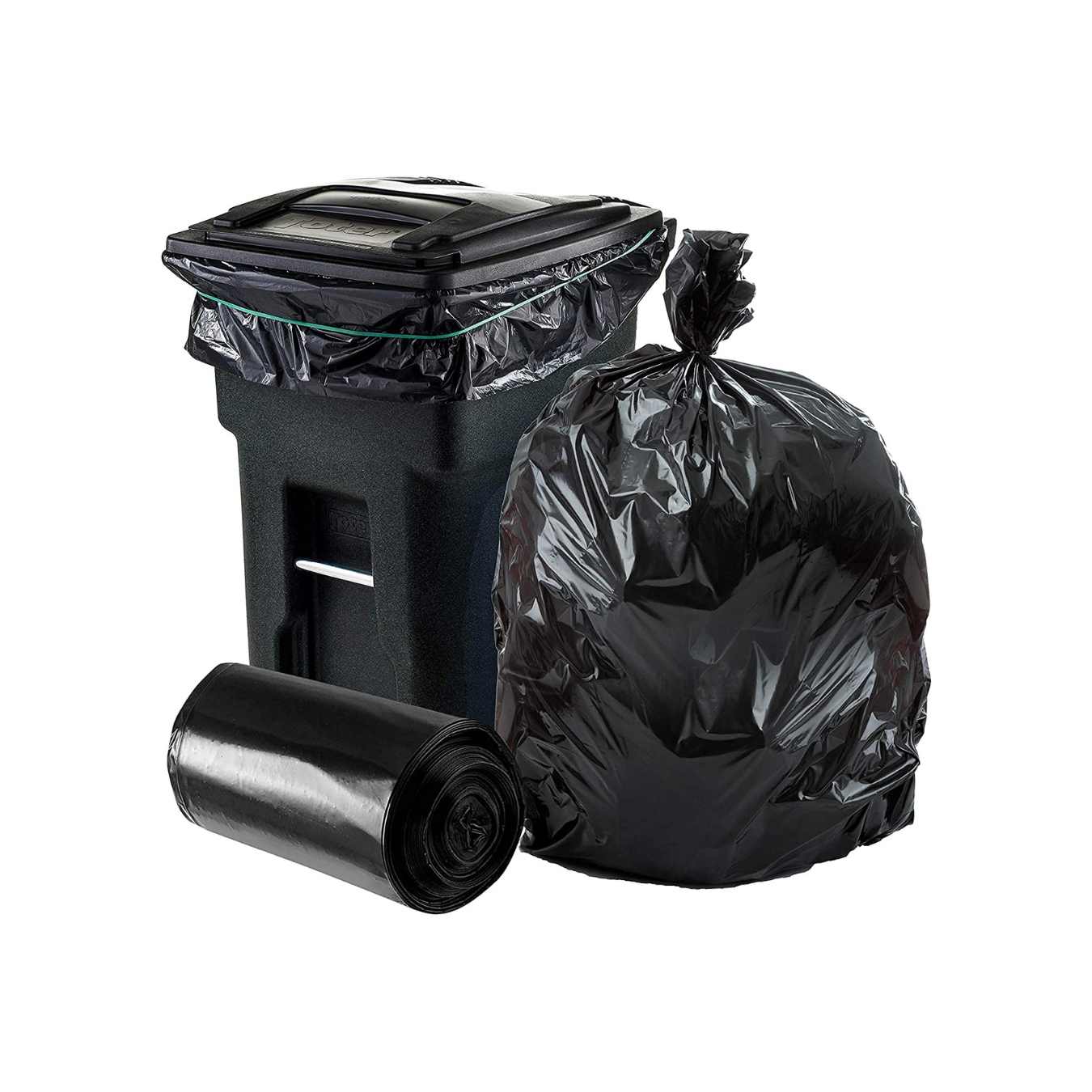
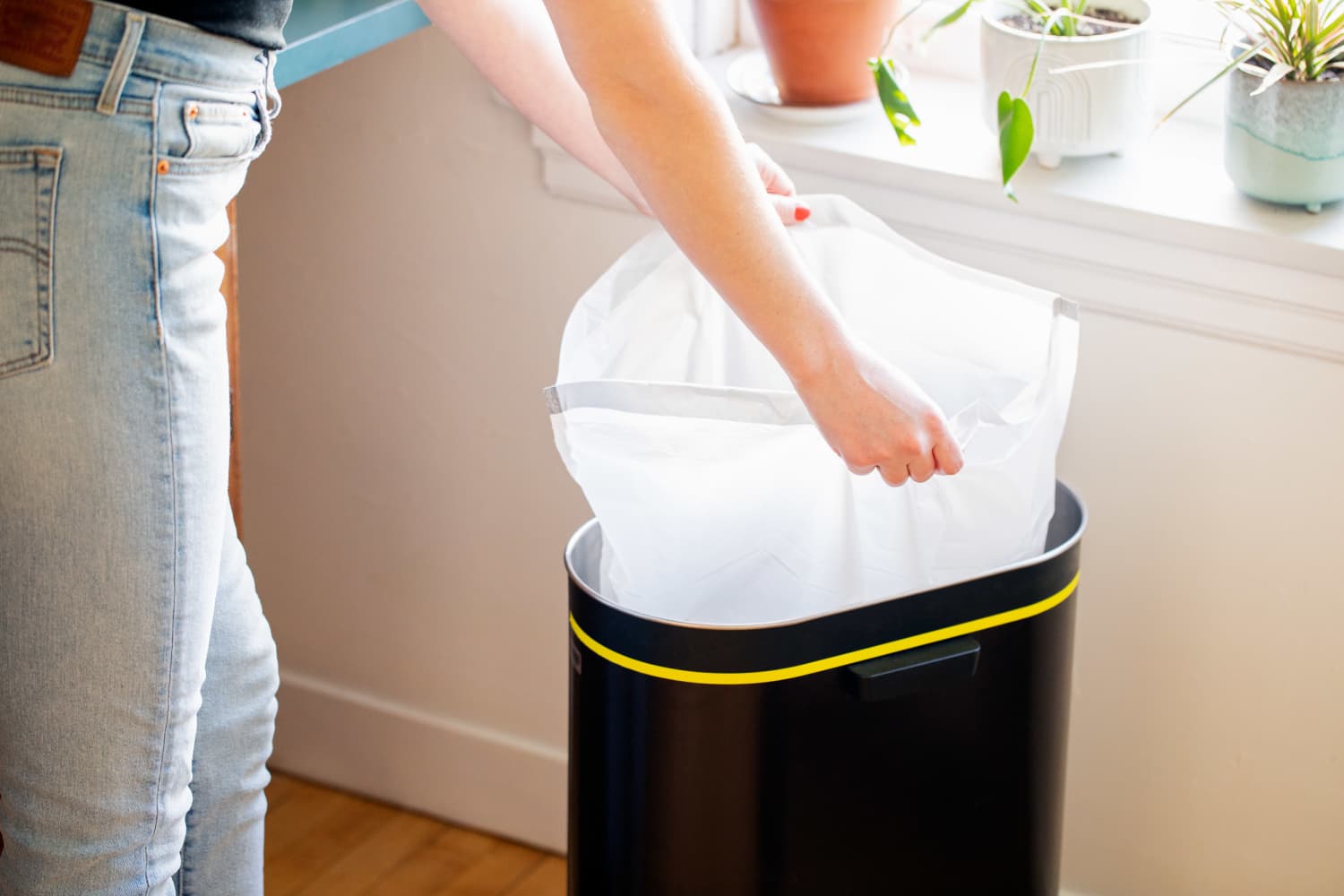

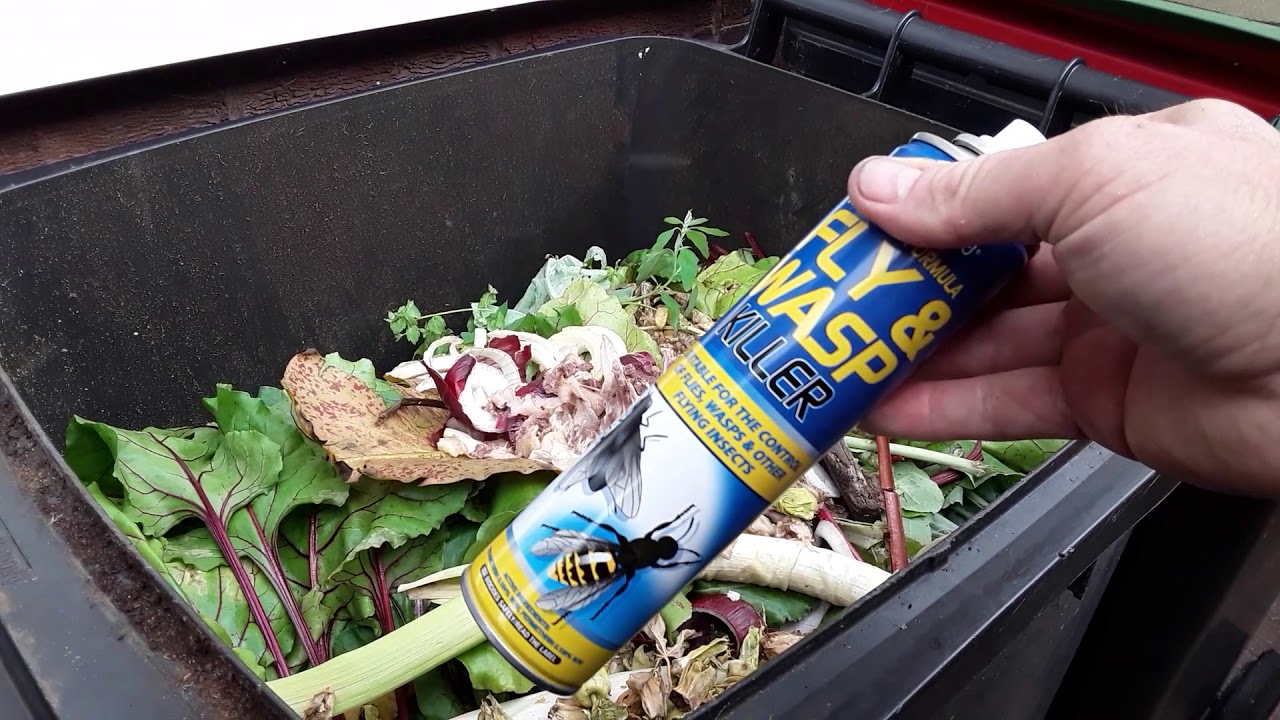
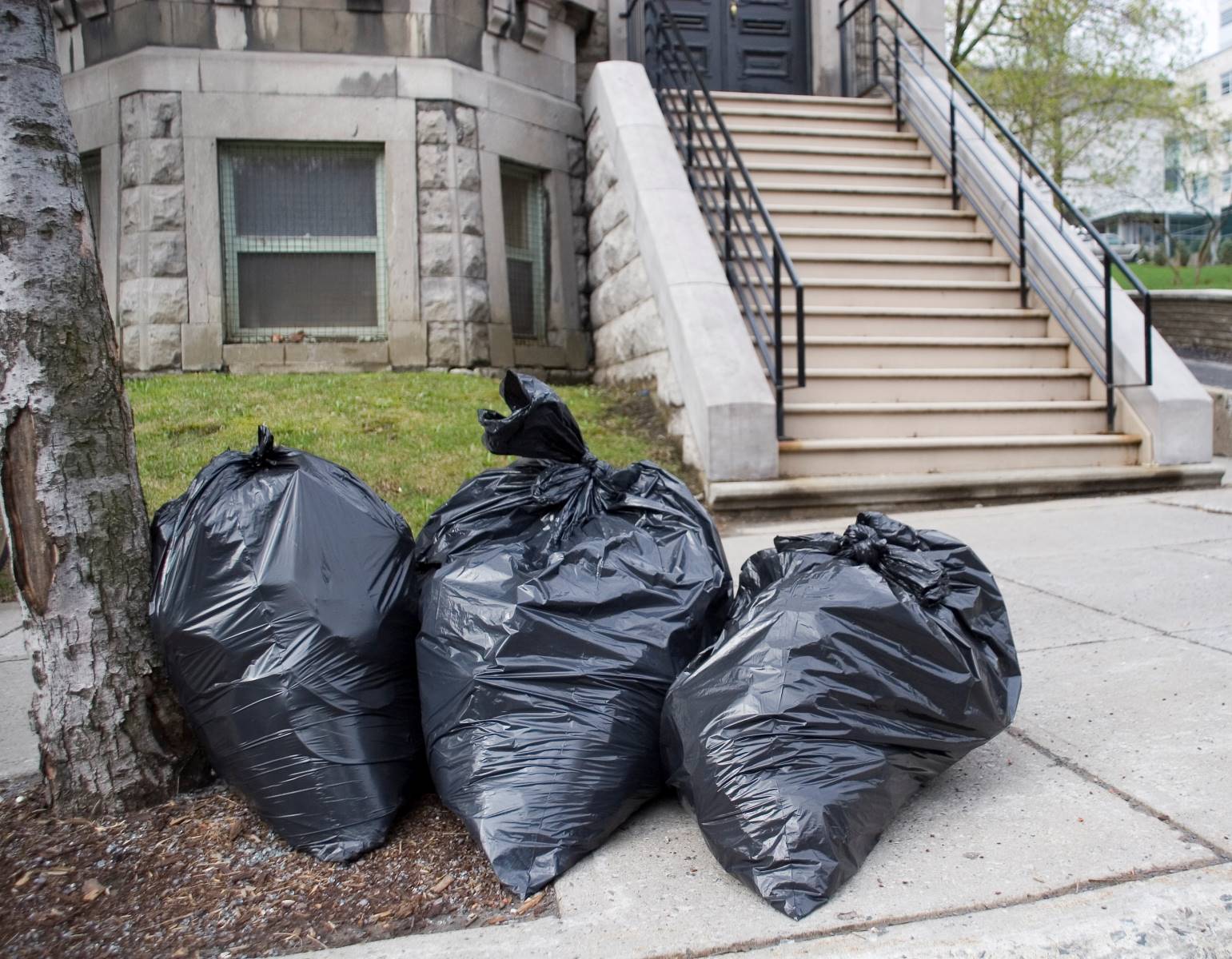
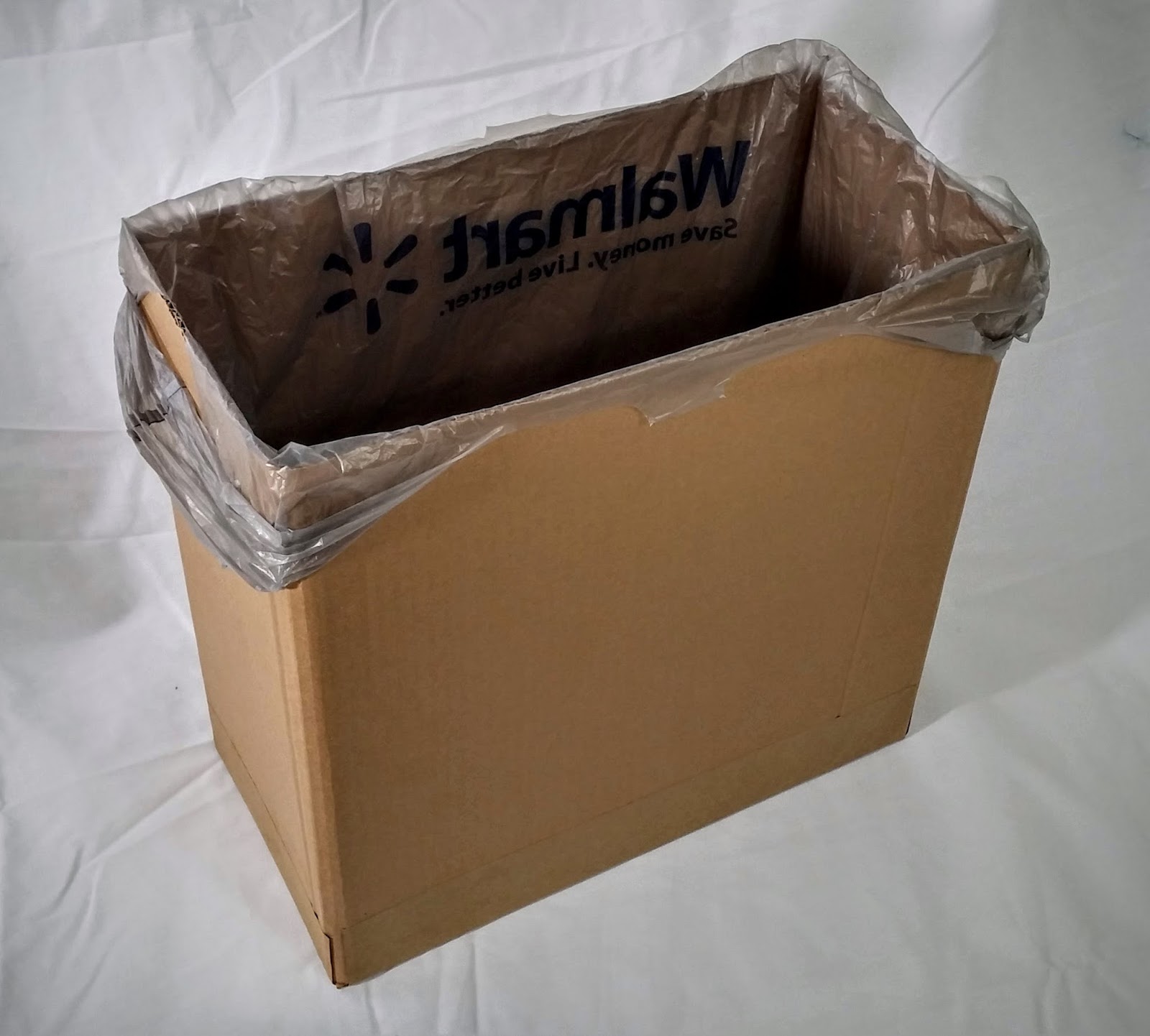
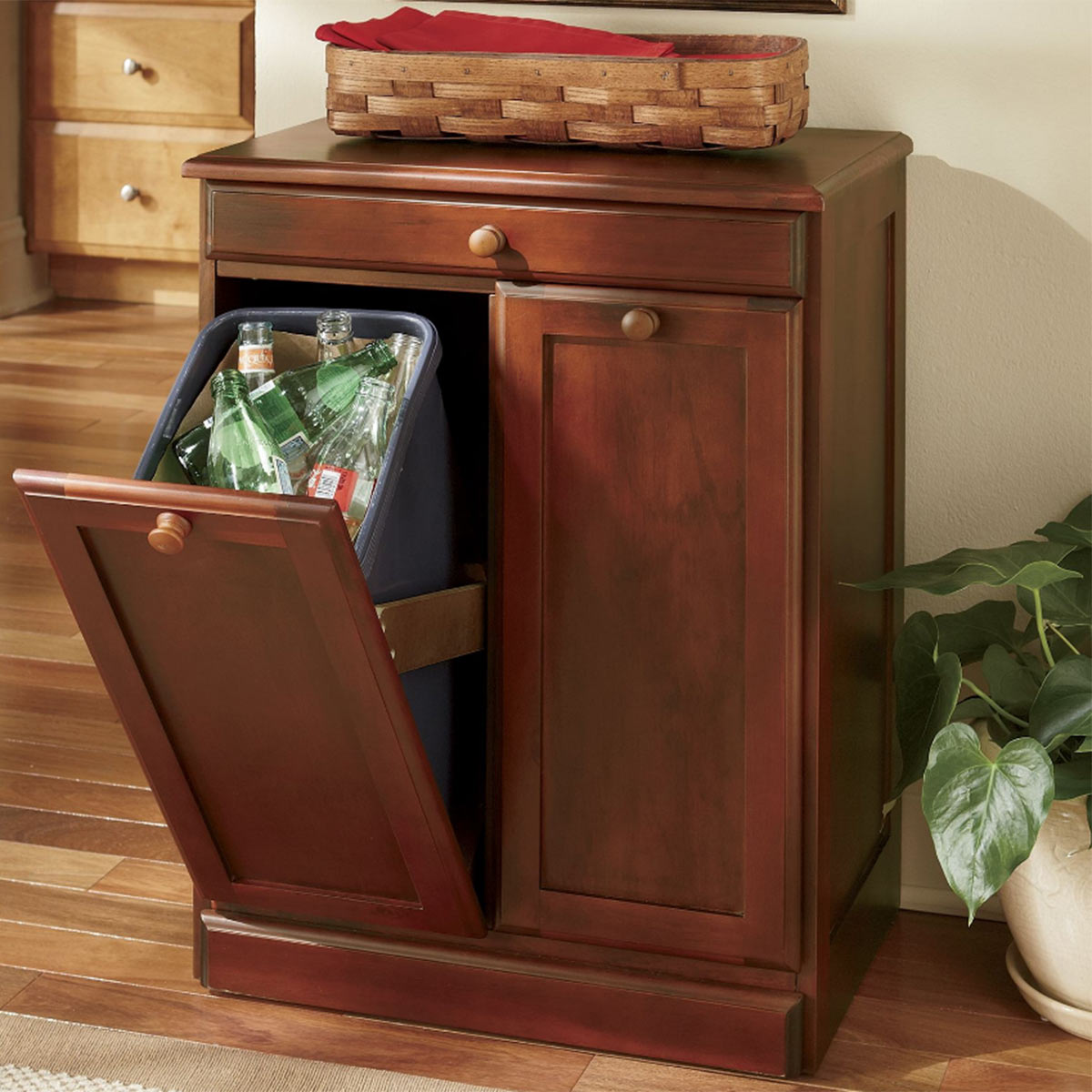
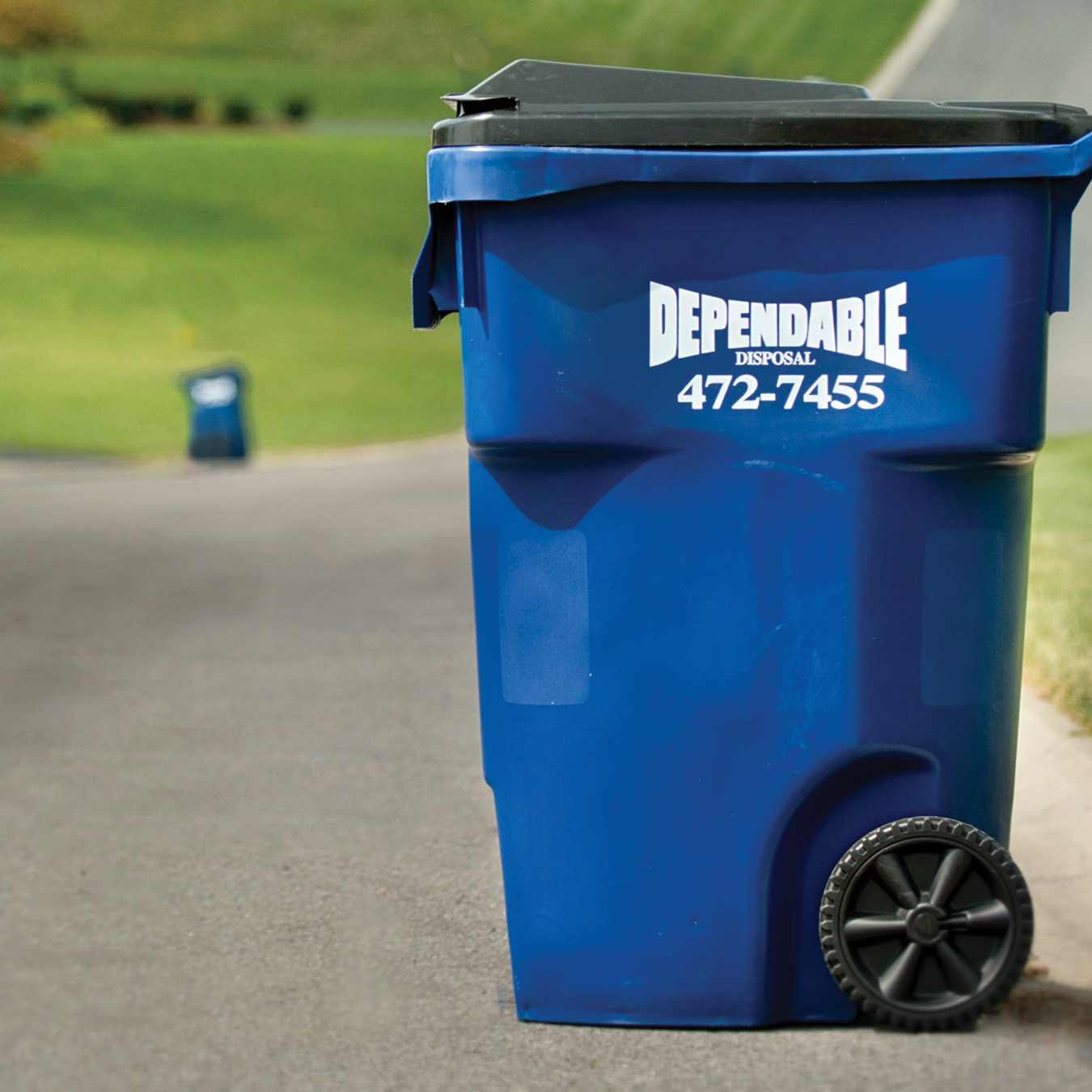
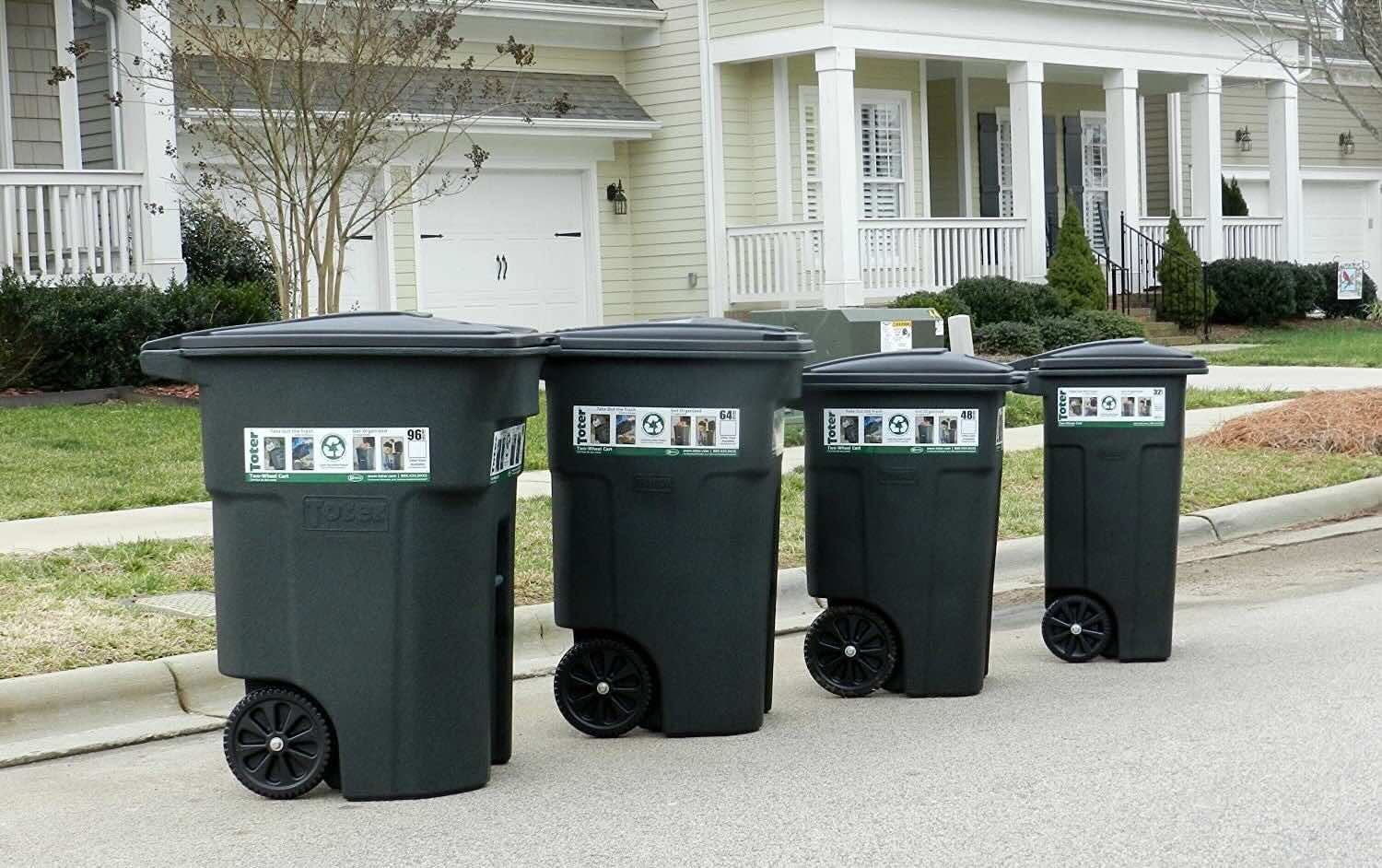

0 thoughts on “What Goes In The Trash Can”